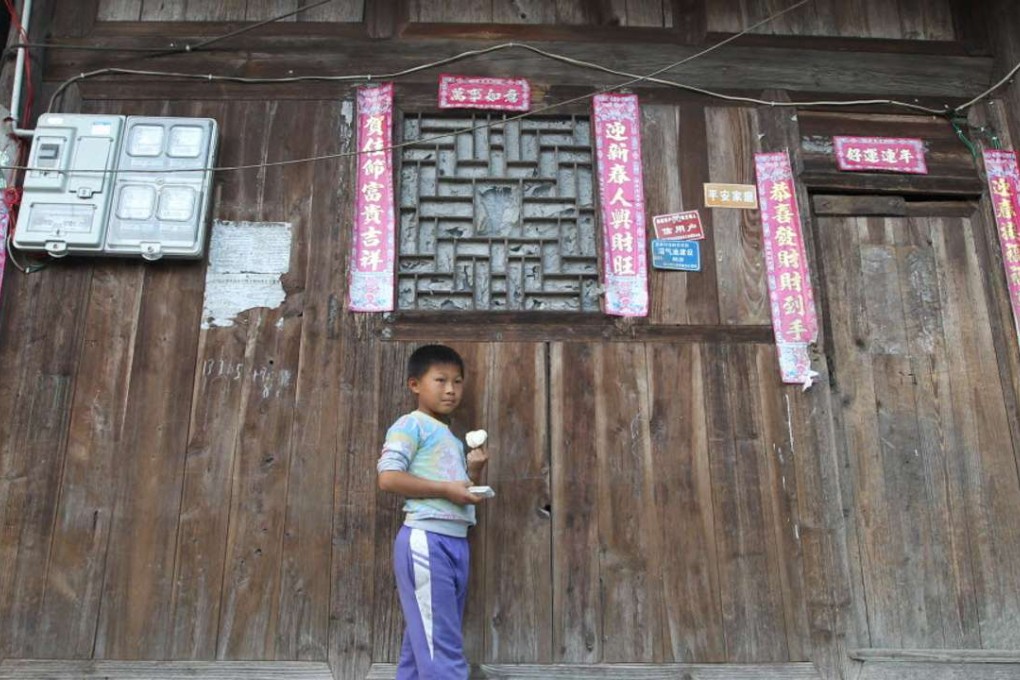
Mainland authorities are for the first time counting the number of rural children left behind by parents who moved to work in cities.
A phenomenon that has persisted for more than a decade, “left-behind” children, often lacking parental love and education, are estimated by researchers to number more than 60 million.
Several ministries will launch a joint survey this year to find out the exact figure so that each of them can receive assistance, the China Youth Daily cited an official from the Ministry of Civil Affairs as saying.
Tragic accidents just part of a hard life for China’s 60 million ‘left-behind children’
Migrant juveniles, whose parents moved from the countryside to the cities but took their children with them, will also be included in the survey. They are estimated to number about 36 million.
Ni Chunxia, deputy head of the ministry’s social affairs department, said there was no authoritative data on the issue, despite it having long been recognised as a serious social problem.
Left-behind children, who are often taken care of by their grandparents, or in some cases simply abandoned, have roused growing public attention as they are frequently involved in suicides, accidents and incidents of juvenile delinquency.
Last year, a boy and three girls aged between five and 13, who lived in poverty near Bijie (畢節) in Guizhou, killed themselves by drinking pesticide. Their father was working away from home at the time.
And in 2012, five left-behind boys living on the streets in Bijie were found dead in a large rubbish bin, having breathed in carbon monoxide while burning coal to keep warm.